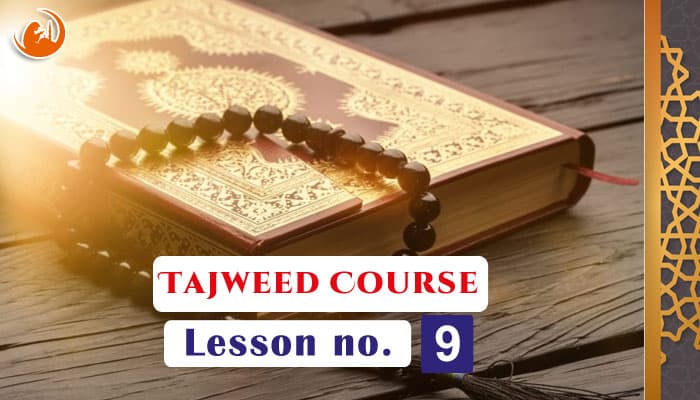Script Analysis- Hamza and Alif in Surah Fatiha
The Uthmaani Script: سۡوُرَةۡ الفَاتِحَة بِسۡمِ اؐللَّهِ الرَّحُمَٰنِ اؐلرَّحِيۡمِ(۱) اؐلۡحَمۡدُ لِلَّهِ رَبِّ اؐلۡعَٰلَمِينَ (۲) اؐلرَّحُمَٰنِ اؐلرَّحِيۡمِ (۳) مَٰلِكِ يَوۡمِ اؐلدِّينِ (٤) إِيَّاكَ نَعۡبُدُ وَإِيَّاكَ نَسۡتَعِينُ (٥)اؐهۡدِنَا اؐلصِّرَٰطَ اؐلۡمُسۡتَقِيمَ (٦) صِرَٰطَ اؐلَّذِينَ أَنۡعَمۡتَ عَلَيۡهِمۡ غَيۡرِ اؐلۡمَغۡضُوبِ عَلَيۡهِمۡ وَلَا اؐلضَّآلِّينَ(٧)
In this lesson, we will concentrate on the different hamza’s and Alif’s.
So we will start from the first line here. This is Al-Hamdu and you will notice that we have the hamza tul wasl here on the front of Al-Hamdu.
So that is the first thing to notice. We are going to have a look in a minute at the Majeedi script and we will see how differently that is written. There we have another hamza tul wasl in the first verse and so on.
So, in the Uthmaani script, you will find many many of these hamza tul wasl’s.
The next thing we need to look at is, in verse number six we have hamza tul wasl at the start and we read it as ‘ihhdi’.
So, we will have a look at the equivalent of that in the Majeedi script as well. And last, of all let’s look at the hamza at “ann’amta” in verse number seven.
Here you can see the hamza on the top of the alif with the fathah. Now, look at hamza underneath of an alif in verse number five “iyy’yaka”.
The other thing to look at is in the last verse of the surah “waladd’ddaall” the laam and alif.
Now we will look at the Majeedi script:
Now we look at “Al-Hamdu” in the first verse.
If you notice here that we have got an alif and they have put a fathah on alif. So, in the Uthmaani script, this was Hamza tul wasl and they did not have written fathah on the top of an alif at all. It was just a straight alif.
So it looks like an alif but it is incorrect in the Uthmaani script because we are talking about the grammatical terms, this would be hamza tul wasl and in the Majeedi script they have just dropped that and they have put a fathah here to help the reader to understand what sound should be made.
So, in the Uthmaani script, somebody who does not know the grammar would not understand how to pronounce this at all because there is not fathah on the top of an alif.
Again, in verse number four “iyy’yaka” here is an alif with the kasrah underneath and in the Uthmaani script, this had the small hamza underneath.
In verse number six “ann’amta” here is the alif with fathah on the top and in the Uthmaani script it was a small hamza on the top of an alif.
So, you can see that in the Majeedi script they have left out the hamza’s completely.
So, you would think that these are alifs, but you remembered that the alif is used as a long vowel to lengthen the sounds only.
These are always hamza’s and alif on its own will never actually have a sound attached to it.
So, we can start to see the slight differences in the scripts, especially with this alif. And the rule is that the alif will never be at the beginning of an Arabic word and it would always be a hamza.
And generally, the alif as we see in the last verse will not have its sound on it.
It is helping to lengthen the sound of a letter before it.
That was the quick look so we are just trying to get you into looking at some of the scripts especially for those people who can already read but did not realize that there is a difference between the alif and the hamzah in the different scripts.


